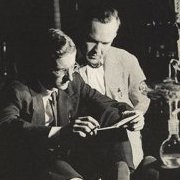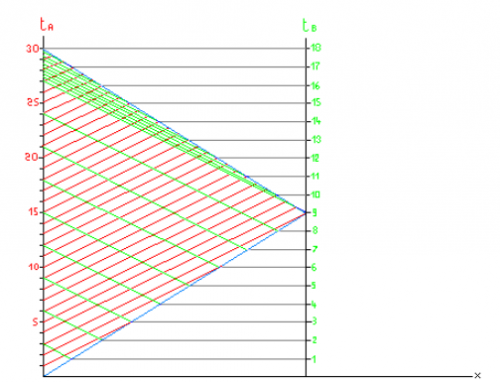The reason is that, when we measure the speed of electromagnetic waves (such as light) we are forced to use instruments based on electromagnetic interactions. In fact, we measure the speed of light with light. Also, light is used to define the units of time and space.
Matter is made mainly of emptiness between the particles that are joined by electromagnetic forces. These forces propagate like light. The structure of an object results from the balance between forces in all directions. When the object moves, a new balance gets settled between the transverse and longitudinal forces, what results in a contraction in the direction of the movement.
In the same way, when a clock is in movement, the distance the interactions must pass between the atoms constituting the instrument increases, and that slows down the internal movement.
To the limit, if the clock reached the speed of light it would stop, since the electromagnetic interactions could not go from one particle to the other (but at the same time, of course, the distance between the particles would become zero).
It is evidently valid not only for the measuring tools, but for any object (including our own body, which thus ages less when it is in movement).
In other words, in a moving frame of reference, time dilates and lengths decrease.








